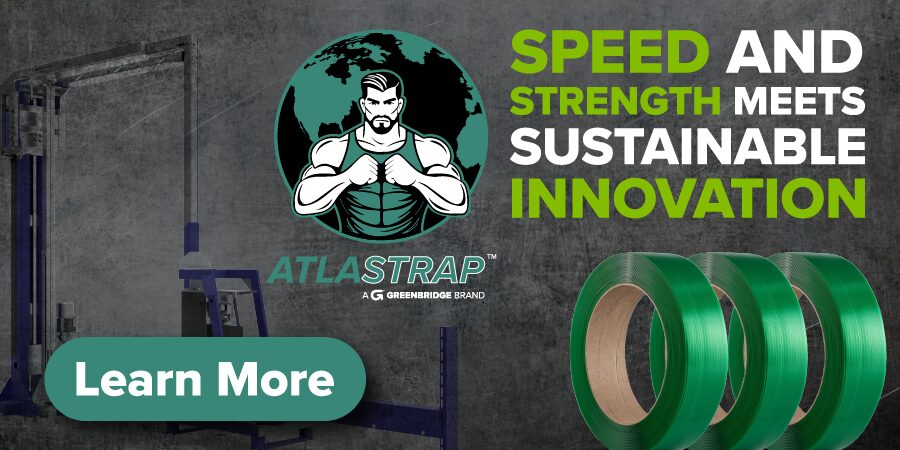

Steel vs. PET Strapping: See the Difference in 33 Seconds
For decades, steel strapping has been the go-to solution for bundling, securing, and shipping heavy loads. But today, there’s a smarter, safer, and more sustainable option: PET (polyester) strapping.
In just 33 seconds, the video below gives you a front-row seat to the difference between the two. Whether you’re focused on safety, performance, or operational efficiency, what you’ll see might surprise you.
Watch: PET vs. Steel Strapping in Action
To view in Spanish, see here: https://youtu.be/0BFxxkwsYEU
What You’re Seeing in the Video
This isn’t just a side-by-side—it’s a clear, visual comparison of how steel and PET perform in real-world conditions.
- Application Speed: PET strapping is lightweight, flexible, and easier to feed through packaging systems or manual tools.
- Safety Under Tension: Steel recoils dangerously when cut, posing serious injury risks. PET falls safely to the floor.
- Load Resistance: PET absorbs impact and retains tension, while steel is more brittle under sudden movement.
- Edge Safety: Steel’s sharp edges can damage products or cause injury. PET has smoother edges and is gentler on surfaces.
- Tool Compatibility: PET uses lighter, often battery-operated tools, improving operator comfort and reducing fatigue.
Steel vs. PET: Quick Comparison
| Feature | Steel Strapping | PET (Polyester) Strapping |
|---|---|---|
| Tension Retention | Moderate | High |
| Shock Absorption | Low | High |
| Safety | Sharp, recoils | Safer to handle |
| Rust Resistance | Can rust | Will not rust |
| Sustainability | Limited recyclability | Recyclable & often PCR-based |
| Weight | Heavy | Lightweight |
| Tooling | Manual, costly | Ergonomic, battery-powered |
| Total Cost of Ownership | Higher (injuries, freight, tooling) | Lower, long-term savings |
Common Concerns About Switching—And Why They’re Not a Barrier
“We’ve always used steel. Why change now?”
Tradition doesn’t always equal best practice. With supply chain pressures and evolving safety standards, PET provides a modern solution that’s proven to outperform steel in many applications.
“What if PET can’t handle our load weight?”
PET is engineered for strength and shock absorption. With the right width and thickness, it handles even heavy-duty applications like lumber, pavers, and compressed loads.
“Will our current tools work with PET?”
Many steel strapping tools are not compatible with PET—but switching gives you access to battery-powered, ergonomic tools that reduce strain and increase speed. We’ll help you evaluate the right tools for your operation.
“What about cost?”
PET often costs less per foot than steel—and when you add in savings on freight, safety, tool maintenance, and insurance, the total cost of ownership makes PET a clear winner.
Sustainability Matters, Too
Greenbridge’s PET strapping is made from post-consumer recycled content—and is fully recyclable after use. That means you’re not just choosing a better product, you’re making a better choice for the planet.
Ready to Rethink Steel? Let’s Talk
Steel strapping may have been the standard—but it doesn’t have to be your future.
Switching to PET is simple, and we’re here to help guide you through the transition. Whether you want to test it on a single line or roll it out across your operation, we’ve got the products, tools, and support to make it easy.
